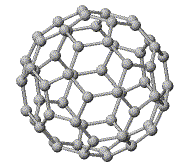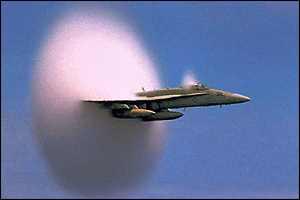|
Atoms and Molecules
- Atoms: The smallest units of
each chemical element of matter are atoms, with protons and neutrons
in the nucleus and electrons around it; Isotopes and ions are
variants of atoms. A single grain of sand can contain 10 million
billion atoms...
- How many different atoms? 92 elements
occurring in nature, from hydrogen (H, 1 proton) and helium (He, 2
protons) up to uranium (U, 92 protons), plus other unstable ones created
in the lab.
- Molecules: The smallest pieces
of each substance are molecules, made of several atoms bound
together by electric forces.
Internal Energy for Atoms/Molecules
- Mass: Changes in nuclear reactions,
and different atoms (nuclei) are produced.
- Kinetic energy: In the motion,
rotations, and vibrations of atoms and molecules.
- Gravitational potential energy:
Plays a role only if the atom/molecule moves over a big distance.
- Electric potential energy: In
an atom, depends on how far the electrons are from the nucleus.
- The big surprise: Each kind
of atom or molecule can only be in certain specific states!
- What happens when electrons change
state? Radiation is either emitted (electron loses energy)
or absorbed (electron gains energy).
|
_232x356.jpg) |



_232x356.jpg)

![]()